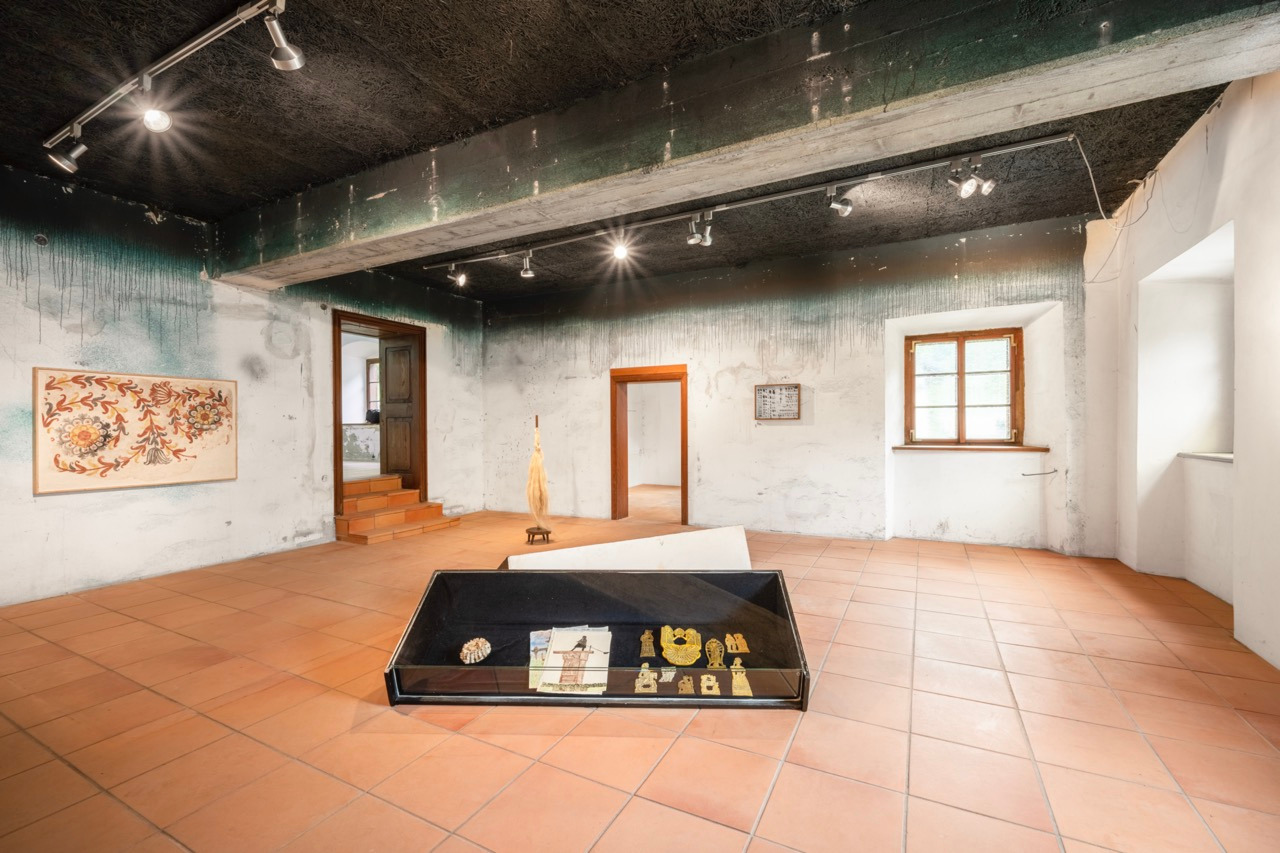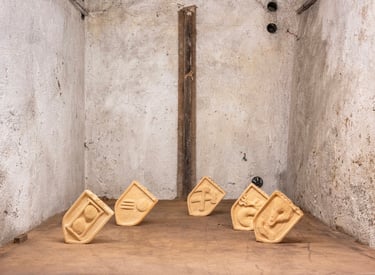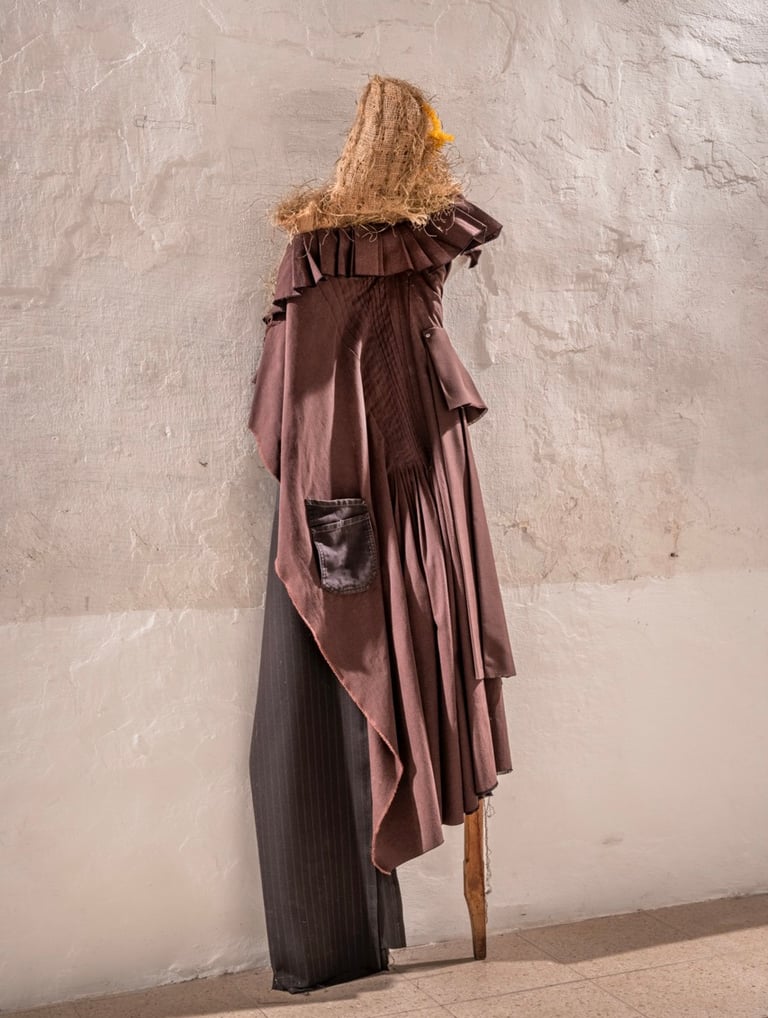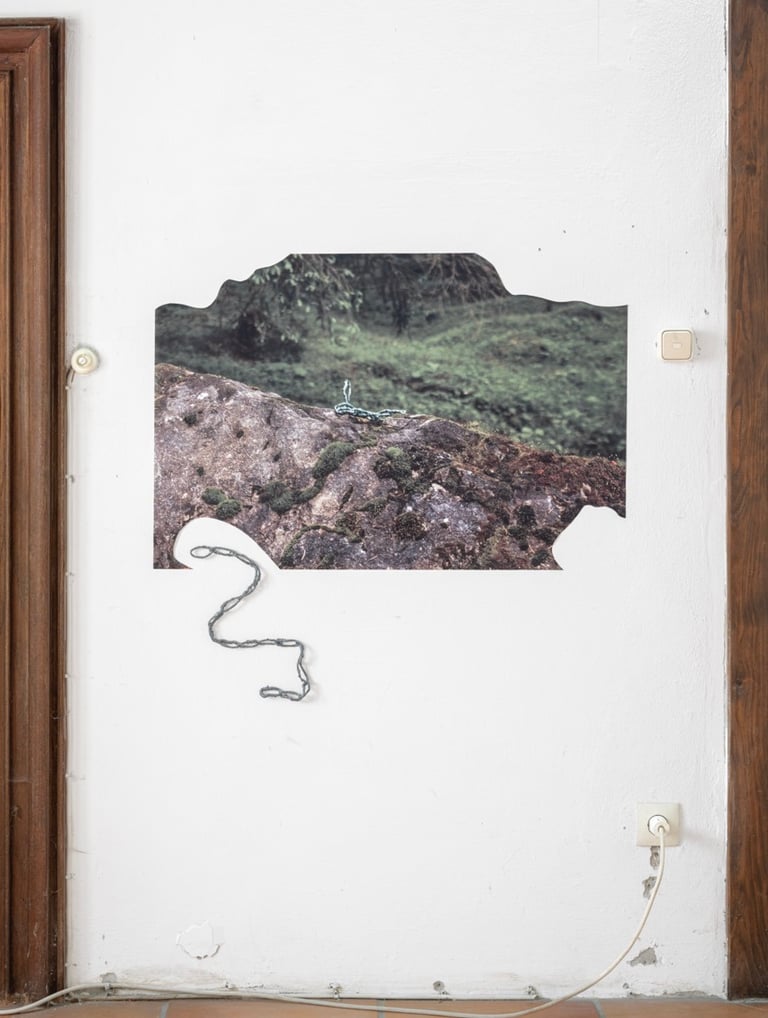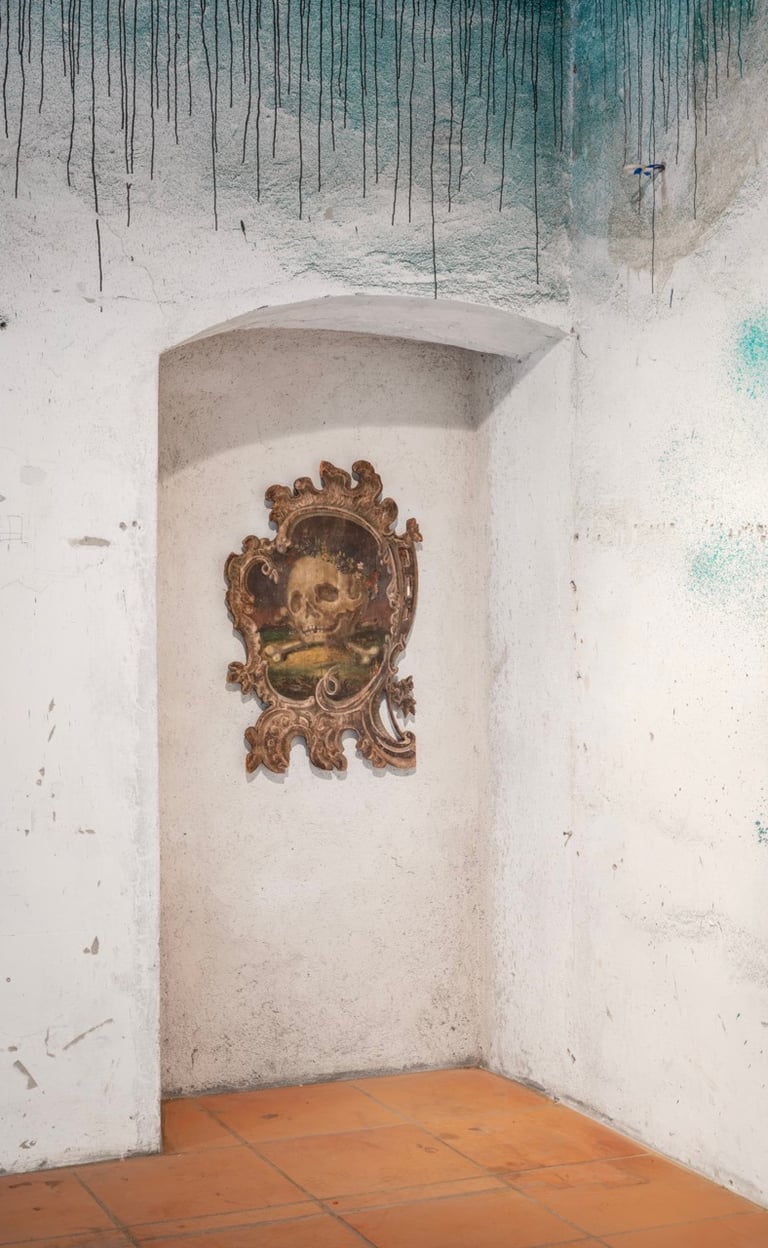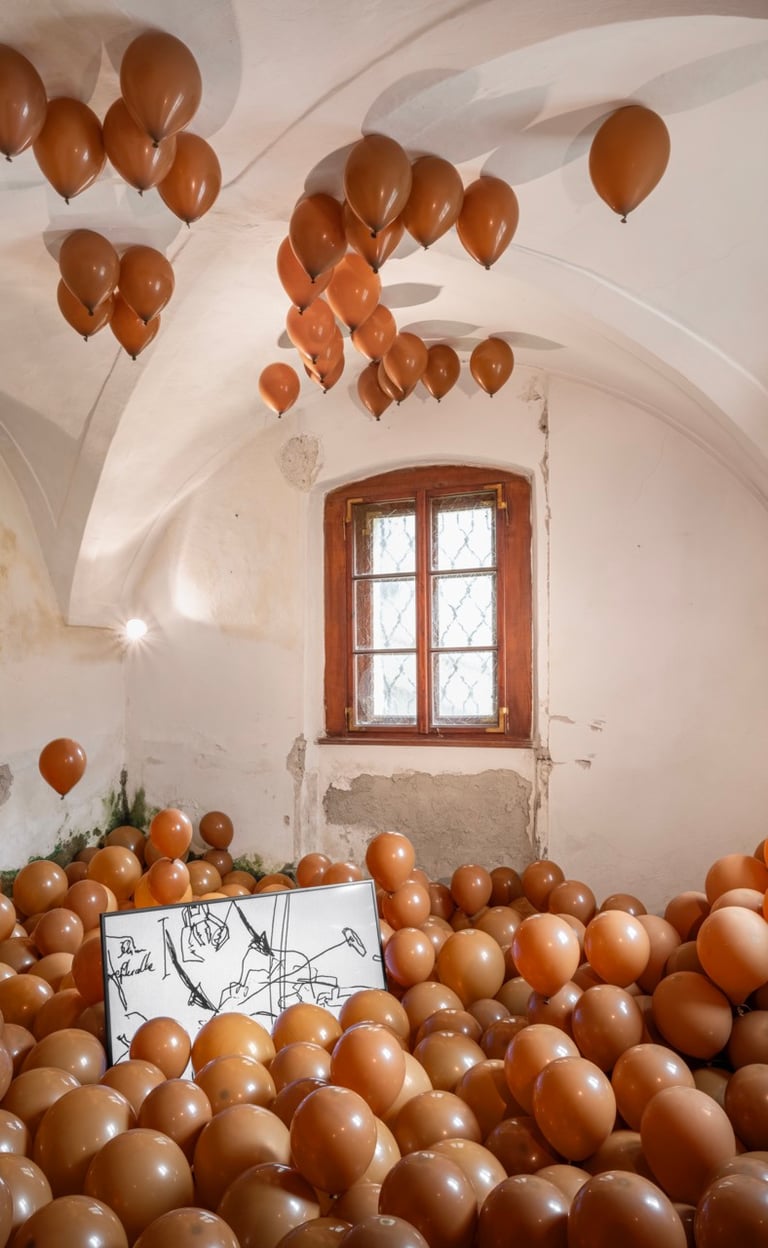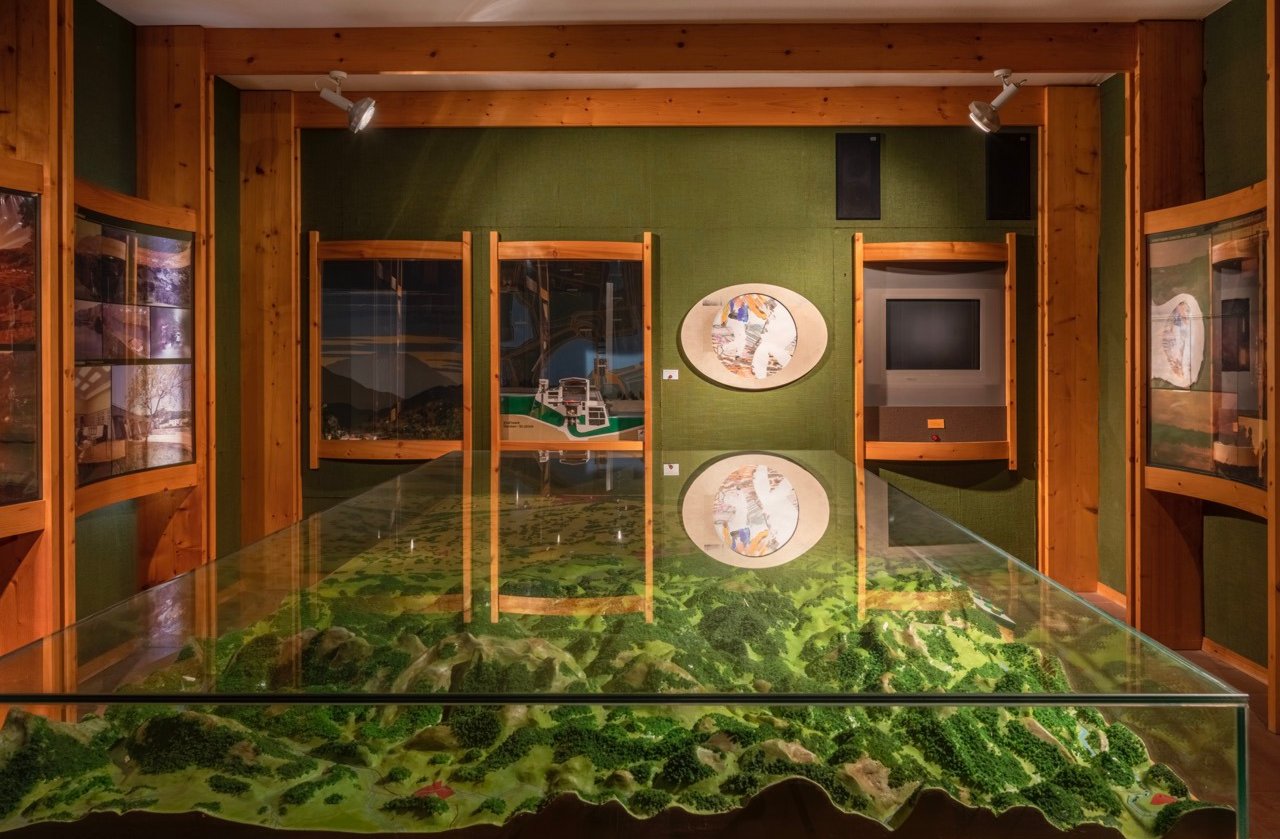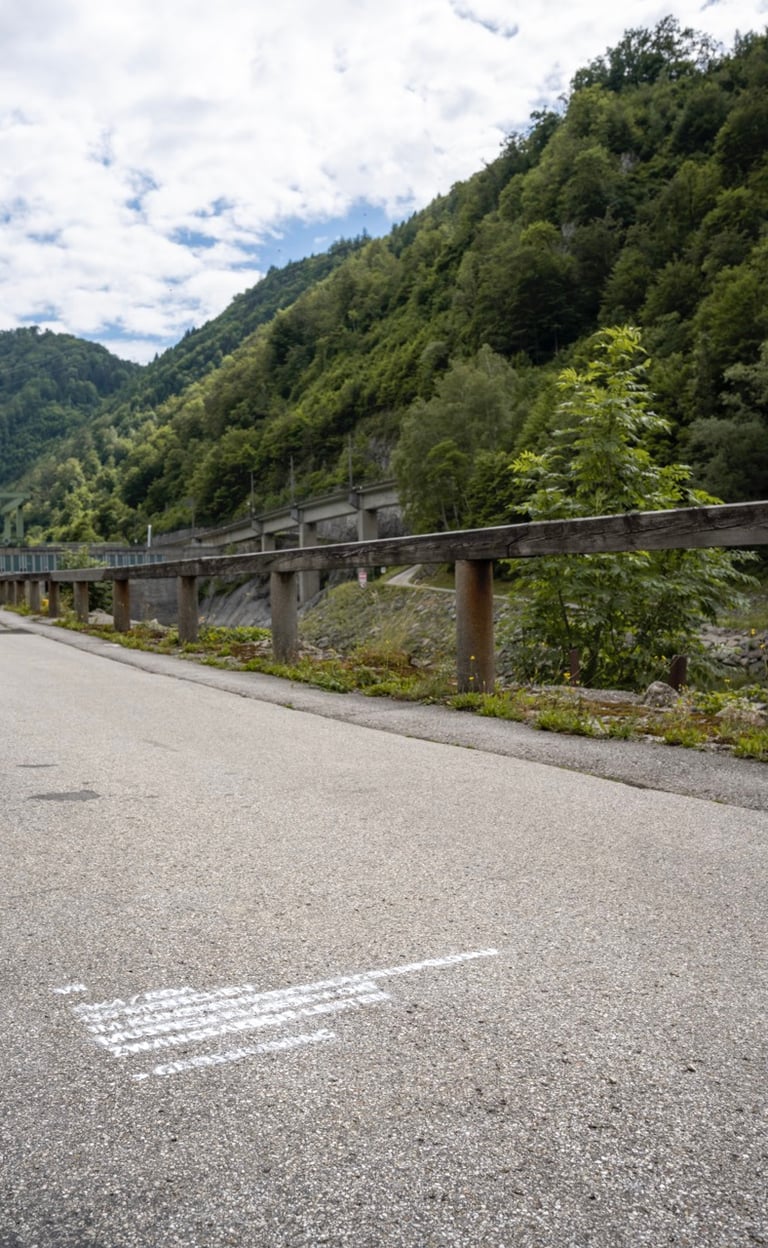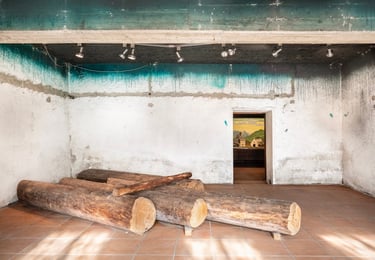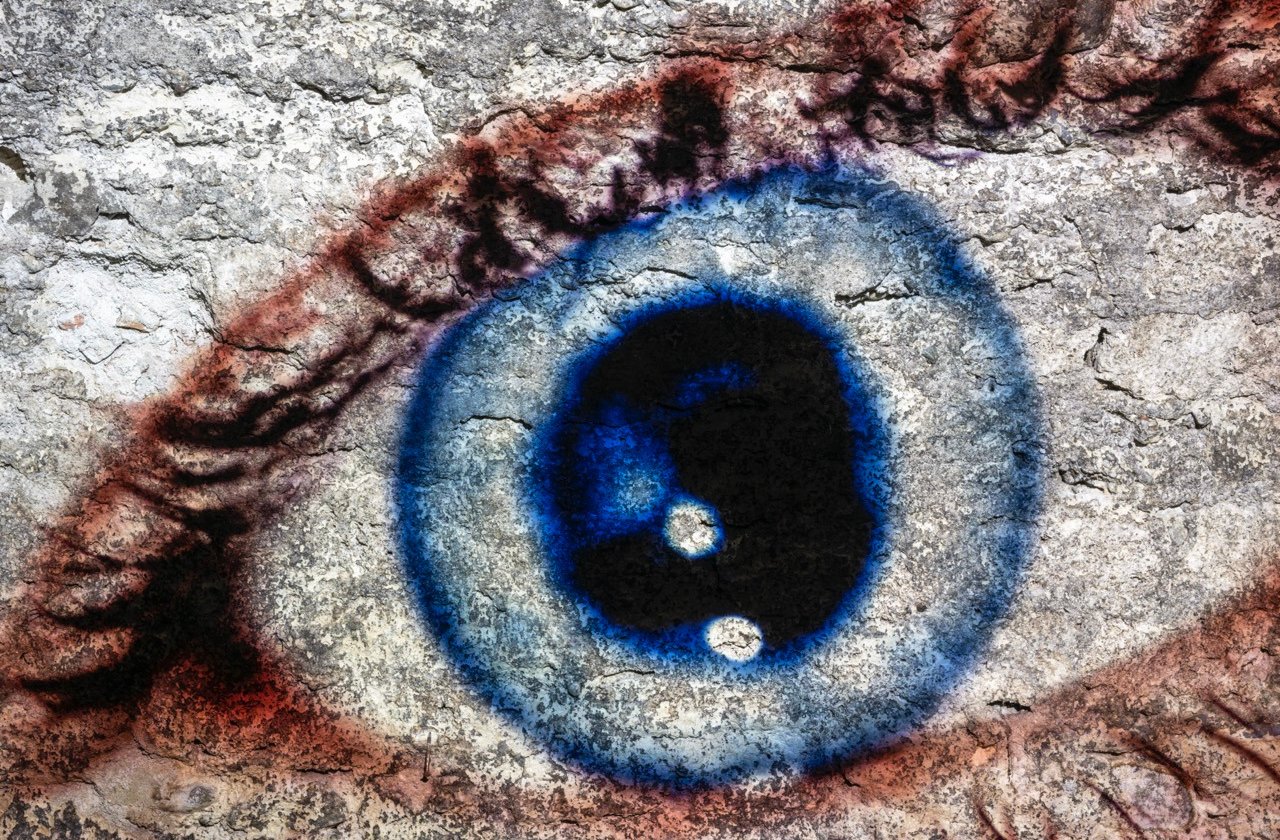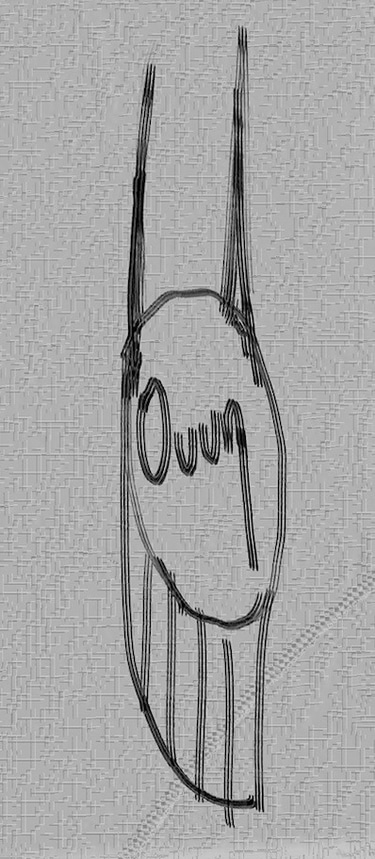(werktitel : unbekannt) - box-shaped memories
Co-curated with Ada Karlbauer, Janina Weißengruber and Siena Brunnthaler
With: Aline Sofie Rainer, Amelie Jarolim, Leon Leder, Bartholomaeus Waechter, David Takeshi Yoshida, Florian Sigl, Hanna Besenhard, Jakob Gsöllpointner, Janina Weissengruber, Lisa Sifkovits, Pille-Riin Jaik, Rosa Andraschek, Rudi Fröch, Tobias Ehrhardt.
The memory is now behind me. The present is slowly overflowing. Once again a museum becomes an archive, an archive becomes forgotten. The former Ennsmuseum is being closed down - the “Kasten an der Reith”, as some called it. The cultural-historical collection was forgotten in the rooms, as were the stories. They lie in boxes, waiting in shifts. Under each layer the next look, asleep until the day after tomorrow. Abundance meets emptiness. The exhibits have to go, are to be archived, and need a new location. Forgetting is urgent. Things happened. Time passes more slowly here. The stories that remain to be told must be told.
box-shaped memories
On the occasion of the dissolution of the Ennsmuseum, the first part of the exhibition “box shaped memories” in the series (work title: unknown) dealt with these rooms, with the objects without perspective, with the blocked history. At the center of the debate is the question of how to deal with micro and macro archives in a present that is gradually overflowing - not just physically. Microarchives are created everywhere, at any time, sometimes without intention: the years pass, the stacks remain. Stories arise everywhere, at any time: as silent mail, between the most diverse media spaces, loose starting points condense into new stories, into fictional realities that slowly take on a life of their own. In a divided present with different perspectives, the relationships between origin and interpretation are reset. In addition, physical residues and accumulations take on a whole new meaning in the current shadow of war.
The history of Weyer an der Enns: iron transport, iron processing, scene of two world wars. Geological history and folk culture of the Upper Austrian Enns area. The “Kasten”, first mentioned in 1373, was the most important landing place for raftsmen and boatmen on the Enns between Grossreifling and Steyr. The history of the place was shaped by its space: the Ennstal. In this environment (work title: unknown) shows an attempt to rethink the flexible knowledge networks of a twilight archive. A zoom from the self into the unknown and vice versa. The old stories are looked at anew, positioned differently, read again. Not the entire inventory is accessible, but the focus is on a selection of artifacts. Countering forgetting: taking a position, a new connotation of historical objects and questions.
artist meets archive
A selection of young, contemporary artists from different areas reflect on the hidden history of the objects within their own work. Dialogues, reactions and shared narratives emerge. A selection of 12 objects from the exhibition fund packed in boxes served as a starting point. These were documented and sent to the selected artists. Over a period of two months, an artistic work was carried out to respond to the respective artifact, its history was thought up and shaped - in addition to the actual historical events. (work title: unknown) is about moments of memory and visualization, about the tension between reality and fiction as an associative process, and working through forgetting. A dialogue between past, present and speculative future. The future thought in the plural. The box goes, the memory remains.
“The only reason we talk so much about memory is because there is no memory anymore,” is a much-quoted sentence by Pierre Nora. This sentence confirms the well-known logic according to which a phenomenon must first have disappeared in order to become fully conscious. Consciousness generally develops “under the sign of what has passed”. This logic fits well with the retrospective character of memory: it only begins when theexperience to which it refers is “completed behind us”.
– Assman, Aleida: Memory spaces. –
